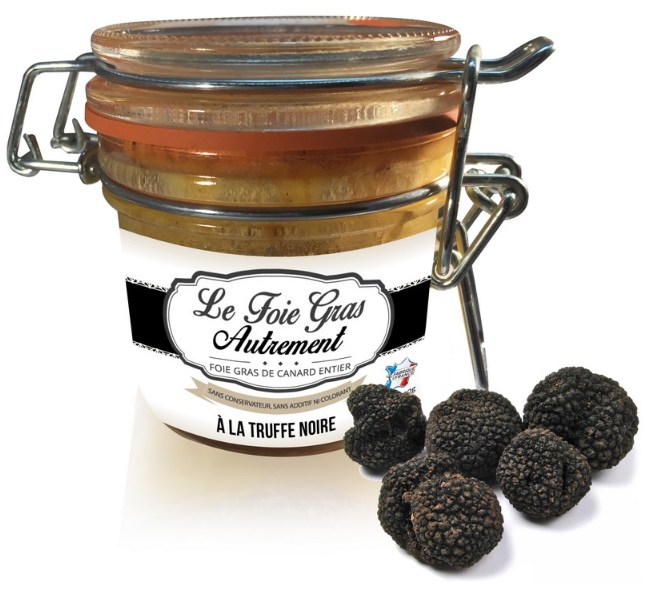
An essential food product for the preparation of dishes in the kitchen, great gastronomic dishes and various tastings, the Iberian ham or jamón ibérico plays an essential role in Spanish gastronomy.
The sacrifice and butchering consist of recognizing the quality of the meat according to its type before being butchered. Once this step is done, the meat goes through the V-cut or serrano cut before being placed on top of other meat already cut and separated by a thin layer of sea salt. This is the salting process. During this stage, the ham will be preserved for several days, depending on its weight, during which time its color and aroma will develop. After salting, the ham will go through a process of washing and resting. The washing is done with warm water and aims to eliminate excess salt.
The resting period lasts an average of 1 to 3 months and is carried out in a low-temperature room with a certain percentage of humidity. The drying of the Iberian ham is done in most cases in cellars or natural drying rooms to remove the humidity naturally.
Iberian ham is a type of ham obtained mainly from Iberian pigs. These Iberian pigs come from Spain. Cebo is an Iberian ham produced with the meat of Iberian pigs raised in a pigsty that is fed only with cereals and vegetables.
14 rue Burugoria
64700 Hendaye (Basque Country) – France
Tel: (+33) 05.40.07.07.65 (local call price)
Siret Bayonne: 482415015
Intra VAT number. : FR13482415015
Gastronomic House in the Basque Country since 2004